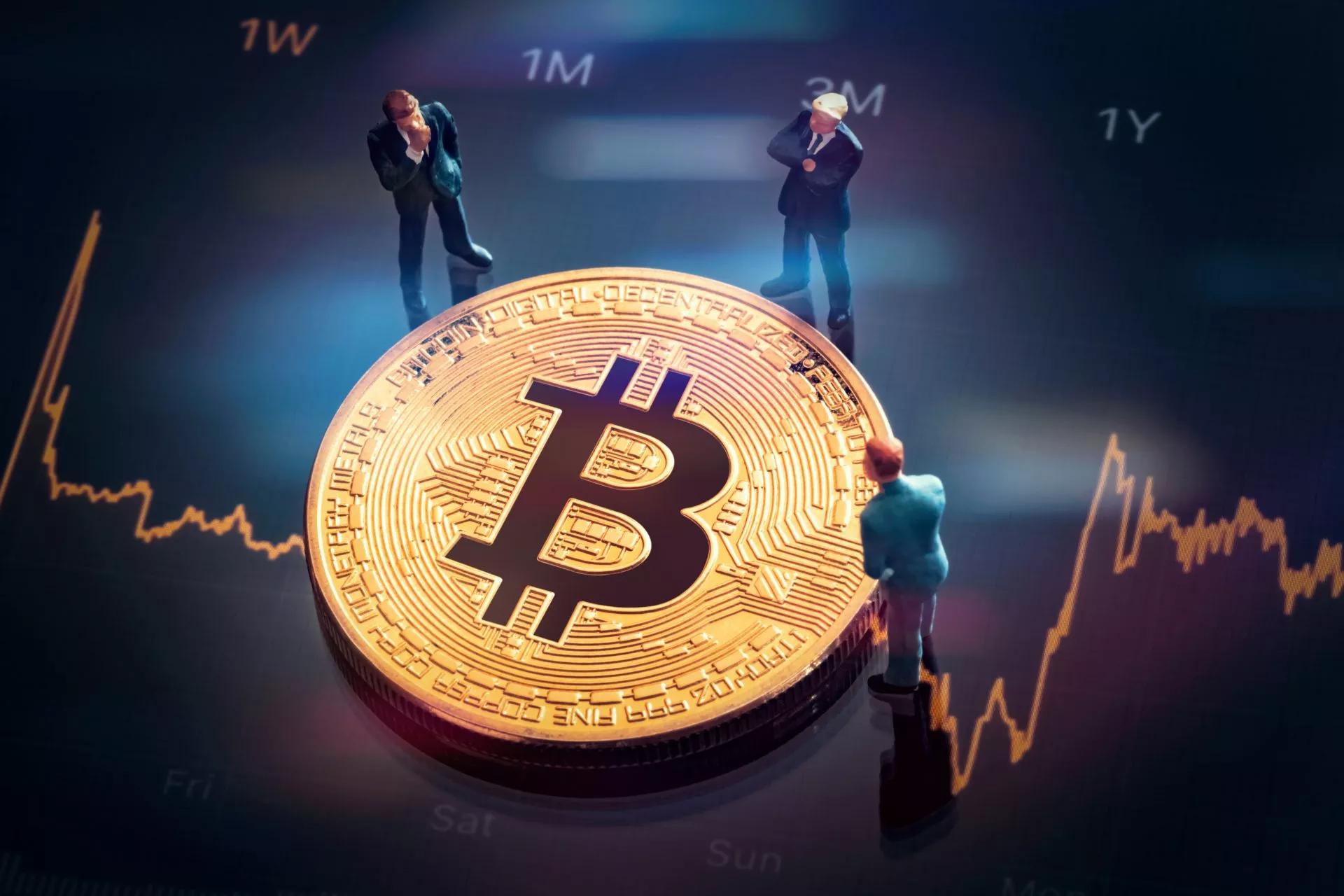
The crypto market has accepted Solana (SOL) due to its operational speed alongside low-cost operations and active developer community support. Similar to all digital possessions, Solana price behaves in response to market requirements together with technological improvements and receives primary influence from statesmanlike regulations. Regulatory decisions that emerge during the next decade will profoundly affect both the market worth of Solana alongside its general adoption levels internationally.
The Current State of Solana
Solana exists today as a leading Ethereum rival which brings increased transaction speed combined with enhanced scalability. Solana has gained broad adoption for enabling Decentralized Finance (DeFi) applications as well as Non-Fungible Token (NFT) and Web3 project implementation. Solana Price Prediction shows promise because it attracts institutional support and gains development activity on its network.
Government policies together with regulations represent the most significant business uncertainty within the crypto market. The regulatory environment during the next decade will profoundly influence how Solana performs in the market.
Key Government Policies That Could Impact Solana’s Price
1. Crypto Regulations and Legal Frameworks
Government regulations about cryptocurrencies form a critical determinant for Solana's price movement in the market. Some potential scenarios include:
Stricter regulations from major authorities corresponding to the U.S. and EU together with China could potentially put downward pressure on Solana's price because centralized exchanges would have to remove privacy-focused and high-risk assets from their platforms.
Supportive government policies which establish favorable regulations will boost institutional adoption thus driving up Solana's value.
2. Central Bank Digital Currencies (CBDCs) vs. Cryptocurrencies
Numerous countries pursue Central Bank Digital Currencies (CBDCs) while Cryptocurrencies including Solana exist either in harmony or foster competition with these CBDCs. When public blockchains integrate with the CBDC system Solana stands to gain more users resulting from the increased adoption. The expansion of Solana Prediction could be limited by governments who enforce regulatory measures that prefer Central Bank Digital Currencies over decentralized assets.
3. Tax Policies on Crypto Transactions
Public authorities maintain an ongoing process of changing their taxation rules for crypto trading activities. High capital gains taxes and transaction fees implemented by nations against crypto trading and staking activities will likely decrease demand for Solana cryptocurrency. When governments enact more favorable tax regimes that simplify trading and provide stacking bonuses the market demand for Solana typically rises leading to price appreciation.
4. SEC and Institutional Adoption
The Securities and Exchange Commission (SEC) functions as the regulator which creates official directions on cryptocurrency regulation throughout the United States. The status of Solana as either a security would trigger substantial regulatory oversight that would discourage retail investors from participating. An accommodating regulatory framework from the SEC will enable institutional investors to place bigger investments into Solana resulting in price growth.
5. Global Economic Policies and Inflation
The crypto price receives influence from macroeconomic elements which include inflation together with interest rates along with global financial government decisions. Times of elevated inflation cause investors to start using crypto because it minimizes currency value losses. The price of Solana could experience positive effects from increased investment flows in case higher levels of inflation persist throughout upcoming years.
Solana Price Prediction by 2030
The Solana Price Prediction for 2030 remains uncertain yet analysis exists through various regulatory result predictions.
Bullish Scenario ($500 - $1,000 per SOL)
The creation of positive regulatory standards by governments would enhance institutional adoption which would result in massive demand growth for Solana in the upcoming years. The future price of SOL can rise dramatically when major business partnerships join together with decentralized finance features.
Moderate Scenario ($200 - $500 per SOL)
A balanced regulatory environment establishing partial governance rules will enable Solana to show stable market momentum. The increasing adoption by institutional investors together with market growth would result in moderate increases to SOL's price.
Bearish Scenario ($50 - $200 per SOL)
Harsh regulations against crypto stakeholders and decentralized asset bans from major economies would make it difficult for Solana to sustain upward price trends. The implementation of adverse regulations within DeFi or NFTs would result in a detrimental impact on their ecosystems thus causing growth rates to decrease.
Conclusion
Solana Price Prediction movements will heavily depend on how governments implement their policies during the next decade. The price of Solana could experience mass adoption and appreciation under favorable regulation but challenging restrictions could jeopardize its future. Watchful monitoring of worldwide governing standards by investor and crypto community participants provides essential knowledge about Solana assets' projected development in future years.
Solana holds a significant position in blockchain technology due to its solid technological base in addition to an expanding community network despite facing possible regulatory limitations. The Solana Price Prediction for 2030 will depend on technological innovations and emerging economies as well as official digital economy directives from governmental bodies.




Write a comment ...